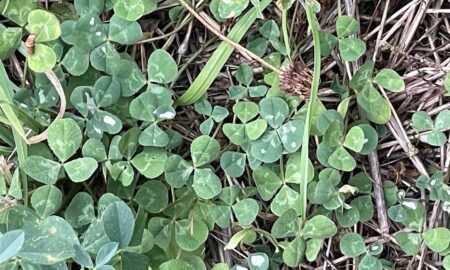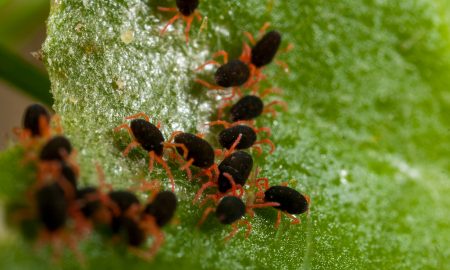The National Pest Information Network has released a new Integrated Pest Management (IPM) Checklist to demystify the processes involved in IPM and provide the Australian grains industry with clear, standardised advice.
IPM includes a range of management methods designed to suppress pest populations while reducing reliance on insecticides, especially prophylactic use and broad-spectrum products.
While the benefits of IPM strategies are widely recognised, on-farm adoption of management practices which align with IPM principles can be a challenge.
Why focus on IPM?
The aim of the checklist is to provide an overview of IPM practices and highlight which activities to focus on during different stages of the season.
As many of the management strategies outlined by the checklist are already practiced by industry, the checklist will encourage industry to take the next step towards sustainable pest management.
The IPM Checklist is designed to be a tool in pre-season farm planning, a reminder of best practice, a guide when responding to pests and an educational tool.
Who is it for?
GRDC biosecurity manager Callum Fletcher said GRDC invested in tools, such as the IPM checklist, to ensure grain growers and their advisers had informed guidelines to support effective, best practice management.
“We understand how complex pest management can be and how important and valuable it can be to have clear recommendations to guide decision-making in the paddock,” Mr Fletcher said.
DPIRD entomologist Svetlana Micic said the IPM checklist would provide an easy framework to adopt sustainable practices for pest management.
The resource has been designed to complement the WeedSmart Big 6 as a way to help drive the promotion and acceptance of IPM practice. It was developed by a team of entomologists and extension scientists, in close consultation with agronomists from each grains region.
Agronomist Craig Davis of said the IPM Checklist would be a useful tool to guide agronomists and growers how they can incorporate IPM strategies into their cropping programs.
“One benefit is they can better understand the risk of pests affecting their crops’ profitability, another is that they can reduce the risk of insecticide resistance developing on their properties,” Mr Davis said.
Acknowledgements:
The IPM Checklist project is a component of IPMforGrains, a Grains Research and Development Corporation (GRDC) investment delivered by the National Pest Information Network (Project code CES2204-001RTX). This network is led by Cesar Australia in partnership with the Queensland Department of Agriculture and Fisheries (QDAF), the Department of Primary Industries and Regional Development (DPIRD), the South Australian Research and Development Institute (SARDI), and the Department of Regional New South Wales (NSW DPI).
Cover image: Photo by Darryl j Smith, Shutterstock





